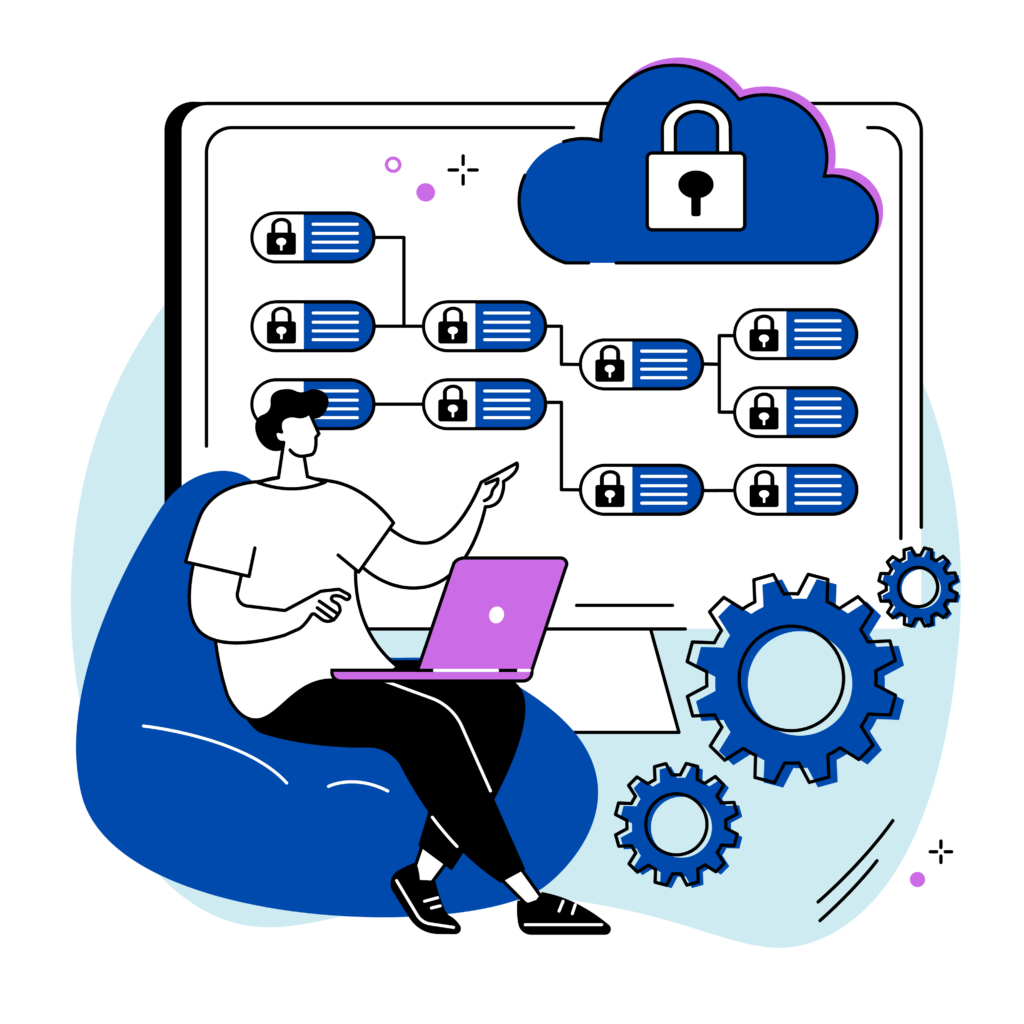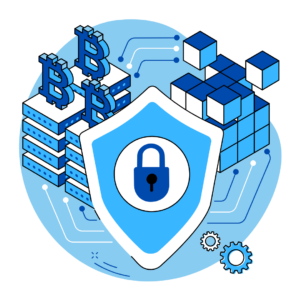What is Blockchain?
Blockchain technology is a decentralised peer-to-peer ledger technology platform, which makes any changes to any digital assets both transparent and unchangeable to anyone. It is unique in that it does not require any third-parties to verify or validate these transactions, instead the user becomes their own custodian.

Blockchain can be seen as the catalysis and founding father of cryptocurrency. It’s distributed network allows for million’s of users simultaneously worldwide, with every user having the ability to add information in the blockchain, tamper-free, it is therefore drawing the attention of many as a means of reducing risk in a scalable manner. Blockchain technology is designed so that no central authority can control it, each network user plays a key part in the blockchain’s storage.
Using Blockchain to prevent DDoS Attacks
The implementation of blockchain technology decentralises DNS, spreading the content to many nodes, preventing attacks from hackers. This is due to the fact that domain owners are only permitted to edit data. No other users are permitted to make changes therefore significantly lowering the risk of any data breaches.
A business can use blockchain to protect data and prevent hackers accessing valuable data. This is achieved by decentralizing the entire global web through the removal of all third parties from web servers, ID systems, and databases.
Blockchain methods:
Blockchain platforms are also used to validate any changes that can be made on any particular ‘block’, with a request for users to prove ownership;
- Proof of Stake (PoS) – This is a way to achieve distributed validity and consensus through a blockchain network.
- Proof of Work (PoW) – This requires users to repeatedly perform hashing algorithms or other client puzzles to gain access to data.
- Smart Contracts – Defines the rules and penalties for an agreement but also automatically enforces those obligations for all parts.
The risk of becoming compromised by hackers increases as firms, governments and consumers rely more on digital systems for their day-to-day activities. The more they adopt these technologies, the higher the risks faced.
Blockchain and AI are born from past, predictive and reactive human behaviours that make them one of the most promising security measures.








